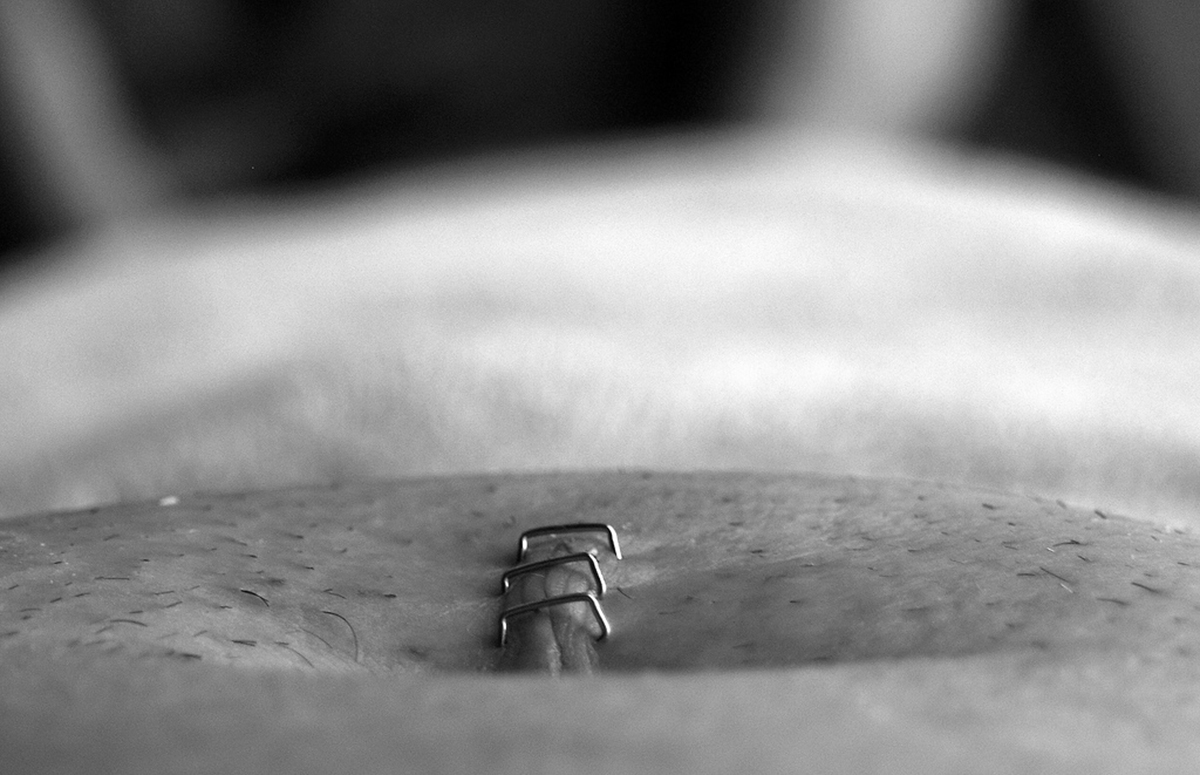Table of Contents
Endoscopic retrograde cholangio-pancreatography can take about 30 minutes to an hour, depending on need of the procedure. It involves the following steps:

- The back of the throat is numbed using a local anesthetic spray. The patient may also be given a lozenge that will have the same numbing affect after sucking on it.
- A general anesthetic is then administered intravenously in the back of the arm or neck.
- The patient will be asked to lie on his side and will be asked to swallow the first segment of the endoscope. Modern endoscopes are extremely thin and flexible, and can be swallowed easily without much difficulty.
- The doctor then gently pushes the endoscope down the esophagus, into the Somach and then into the duodenum.
- Air is pumped down the endoscope to make visibility more clear. The doctor observes the respective parts of the digestive tract through an eye-piece, or through an external video-feed.
- A side-channel in the endoscope is used to insert various surgical instruments, as well as dye, into the abdominal cavity.
This is done in order to:
- take X-ray pictures of the ducts to spot a stricture (narrowing), gallstones, tumors, etc.
- take a small piece of tissue (biopsy) from the duodenal or stomach lining, or from the pancreatic or bile ducts near the papilla. This sample is then viewed under a microscope for the presence of abnormal cells.
- widen the opening of the papilla so that any gallstones may fall into the duodenum. These may be collected in a basket or left to be passed with feces.
- insert a stent to widen a constricted or blocked duct. A stent can be a plastic tube or a small wire-mesh. The presence of a stent facilitates bile to flow into the duodenum normally.
After the procedure, the endoscope is pulled out gently.
Recovery After The Procedure
The procedure is relatively painless but may be a little uncomfortable. Recovery depends upon the cause of the ERCP. If performed simply to obtain X-rays of the bile and pancreatic ducts, the patient may go home after a few hours’ rest. If the procedure involved removing gallstones or inserting a stent, the patient may have to stay at the hospital overnight for observation.
Driving, drinking alcohol, operating machinery or doing any strenuous activity should be avoided for at least 24 hours, to ensure that the sedative has completely worn off. The patient may feel nauseous and bloated during this time. Unless otherwise instructed, normal diet and medications can be resumed after an ERCP.
See Also: Fecal Incontinence: Causes, Diagnosis, Treatment
Possible Complications Following ERCP
Other than having a sore throat for a few days or feeling groggy for a few hours. However, if the patient is already in poor health, the chances of developing certain uncommon complications increase. Immediate consultation with a doctor is required if any of the following develop with 48 hours of an ERCP:
- Increased risk of chest infections.
- Allergic reaction to the anesthetic.
- Damage to the bile or pancreatic ducts – this may cause bleeding, infections or perforations in very rare cases.
- Unusual pain in the abdomen, especially if it increases in intensity over time.
- Fever
- Difficulty in breathing and swallowing.
- Vomiting blood.
- Pancreatitis- inflammation of the pancreas.
- www.webmd.com/digestive-disorders/endoscopic-retrograde-cholangiopancreatogram-ercp
- http://www.medicinenet.com/ercp/article.htm
- http://www.patient.co.uk/health/ercp
- Photo courtesy of Bhakua via Flickr: www.flickr.com/photos/sswain_1999/12495983053
- Photo courtesy of Chris Runoff via Flickr: www.flickr.com/photos/azdodsons/2668095108


Your thoughts on this